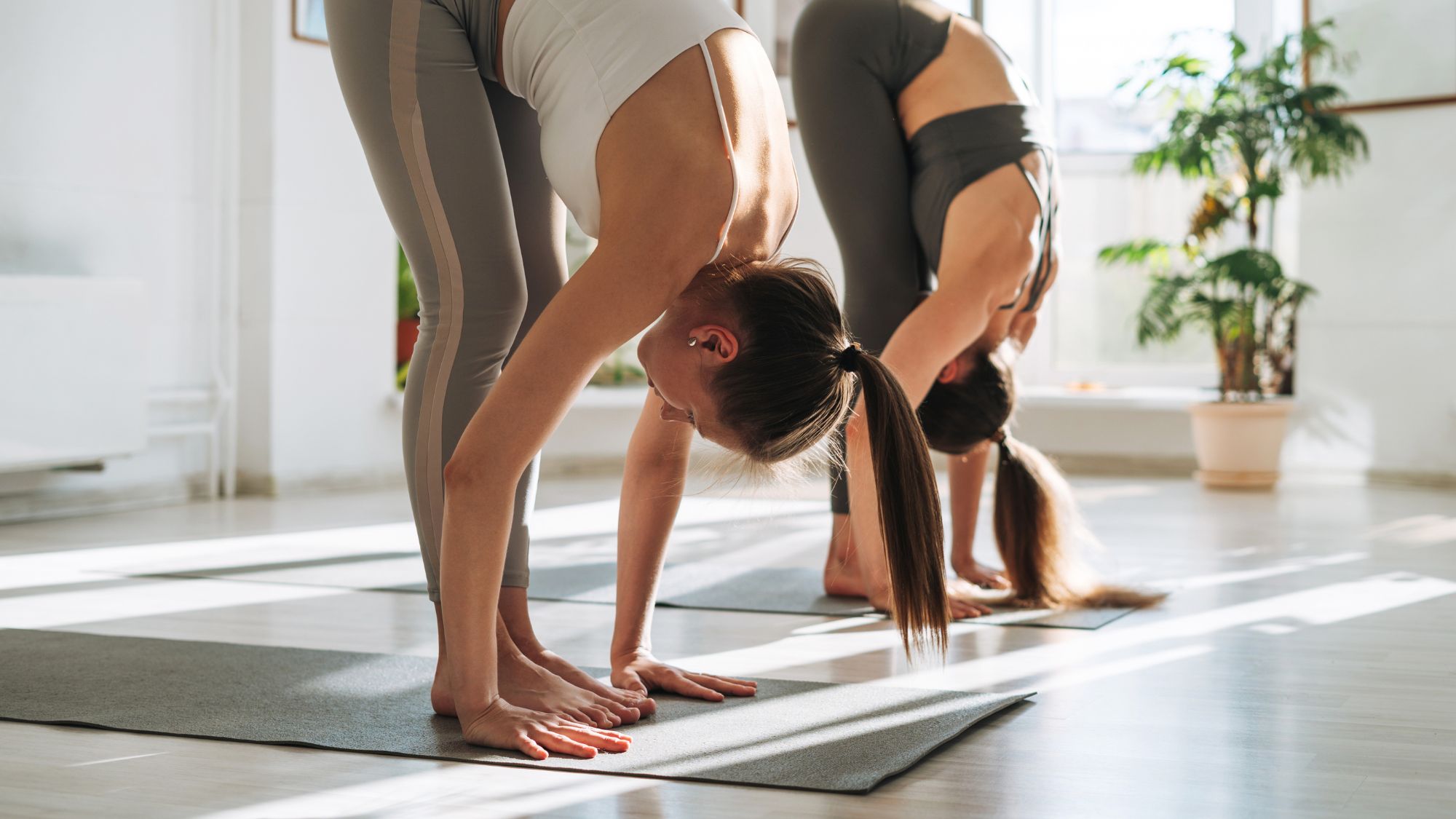
Why Elite Trainers Are Ditching Traditional Pilates for This New Variation
Pilates Pila – Pilates has long been celebrated for its graceful blend of strength, control, and flexibility. But in 2025, elite trainers around the world are pivoting toward something different. They are stepping away from classical routines and embracing a fresh approach that is faster, more dynamic, and surprisingly more effective. This shift is not a gimmick or a branding trend. It is a reimagining of the Pilates method designed for modern bodies and modern lifestyles. This new direction is called Functional Flow Pilates and it is quickly gaining recognition as the most exciting movement breakthrough of the year.
Functional Flow Pilates blends the core principles of traditional Pilates with athletic conditioning, mobility work, and rhythmic sequences that feel almost like dance. The sessions are faster-paced, full-body, and built around real-world movement patterns. The goal is not just to sculpt or stretch, but to train the body for life.
This new Pilates variation 2025 doesn’t abandon alignment, breath, or core control. It enhances them by introducing balance drills, controlled cardio bursts, and resistance-based transitions that challenge the entire system. The result is a workout that feels energizing, not exhausting, and builds strength that you actually use every day.
Elite trainers aren’t chasing trends. They are chasing results. With Functional Flow Pilates, clients are showing noticeable improvements in performance, posture, and recovery in a fraction of the time. Athletes are moving better. Seniors are standing taller. And busy professionals are finally sticking to their routines.
One of the biggest reasons for the switch is engagement. Traditional Pilates can feel repetitive for some clients. The new variation introduces variety, progression, and fun without sacrificing effectiveness. It’s not only easier to teach but also easier to fall in love with.
Incorporating mobility work is one of the smartest moves in fitness today. Functional Flow Pilates does this naturally. It opens hips, strengthens stabilizers, activates deep core layers, and improves range of motion. Movements are layered, flowing, and adaptable, allowing instructors to scale difficulty without breaking the sequence.
This is a game-changer for clients recovering from injury, athletes in-season, and anyone tired of feeling stiff after workouts. Instead of soreness and strain, the body feels more fluid, agile, and ready for anything.
Another reason this new Pilates variation 2025 is taking over is that it doesn’t require a full reformer studio. It can be done with a mat, a resistance band, a pair of sliders, or even just bodyweight. This makes it highly accessible for at-home practitioners and personal trainers alike.
Studios love it because they can teach it in person or online. Clients love it because they can do it in their living room, in the park, or while traveling. The minimal-equipment model makes it both scalable and sustainable.
The wellness world is evolving. People are no longer chasing extreme transformations or punishing fitness. They are looking for systems that honor the body while delivering real results. Functional Flow Pilates fits that demand perfectly.
If you follow what elite trainers are doing, then yes. Functional Flow Pilates is becoming the gold standard in smart movement. It is already being incorporated into physiotherapy, athlete recovery, prenatal routines, and even workplace wellness programs.
Its simplicity is its strength. Its adaptability is its power. And its momentum shows no signs of slowing down.